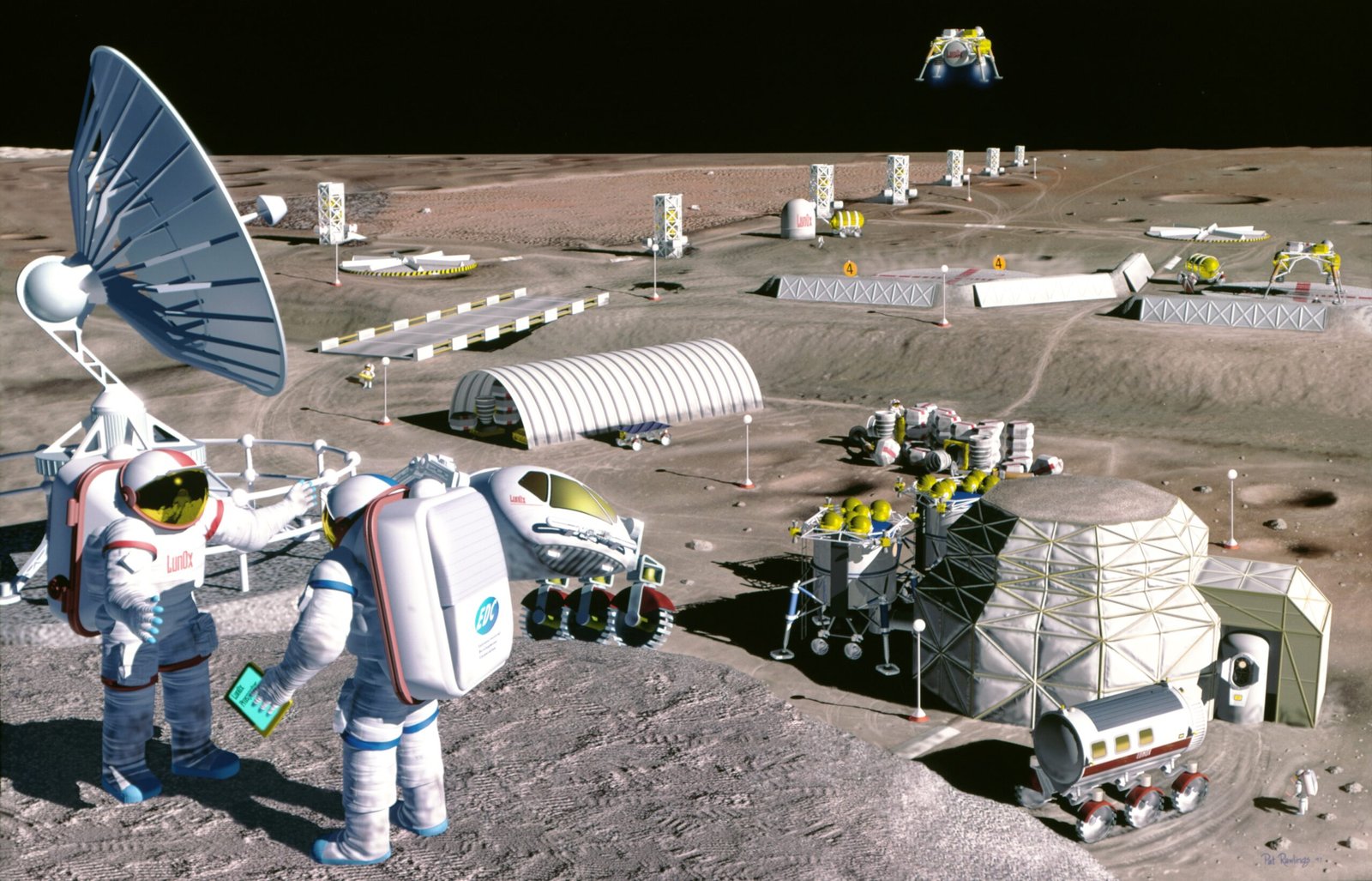China’s Moonshot: A Daring Space Dream Unfolds
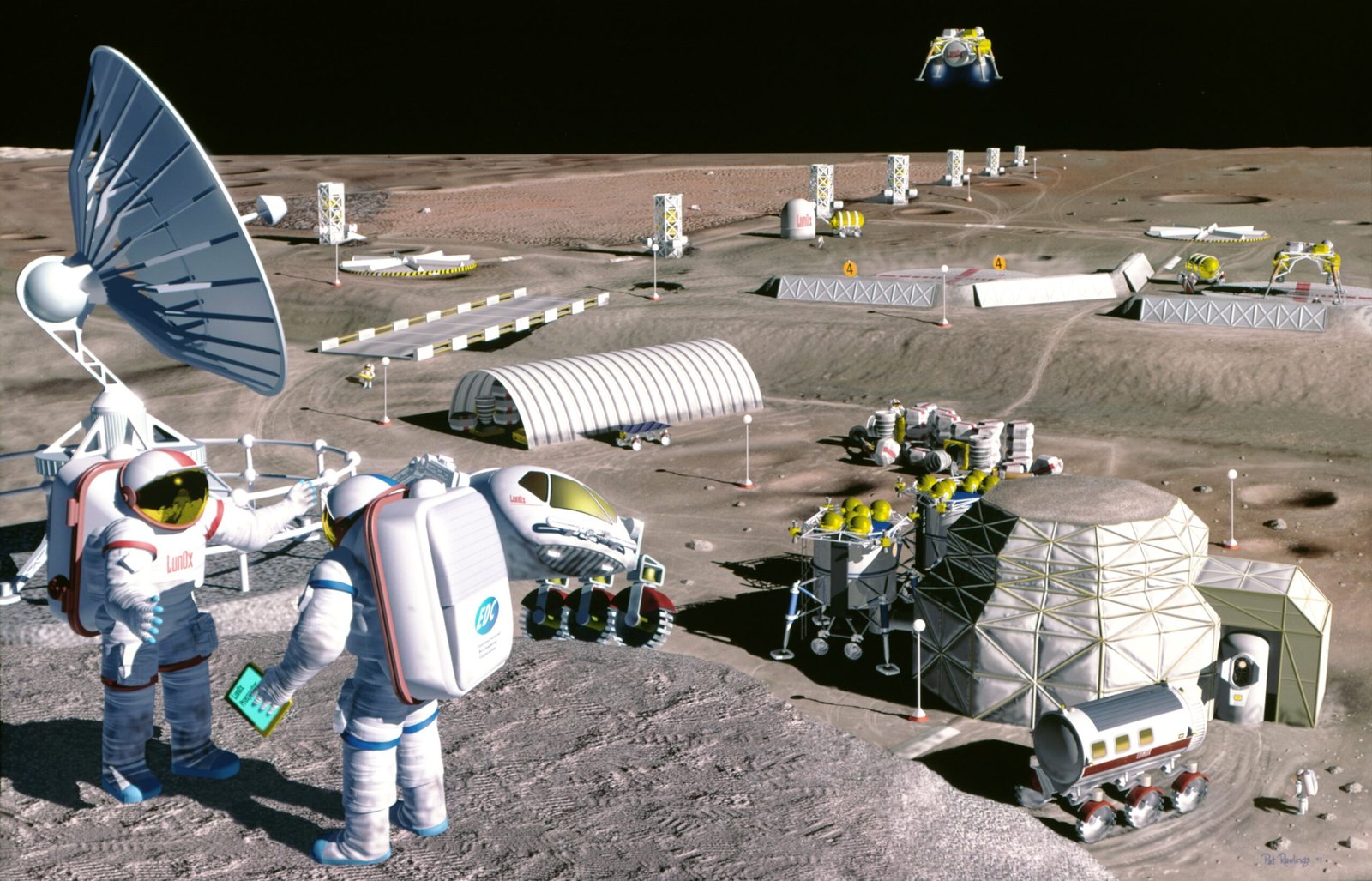
Imagine standing on the dusty, silent plains of the moon, gazing at a glowing outpost powered by nuclear energy—built not by NASA, but by China. This isn’t science fiction. China is racing to plant its flag on lunar soil in a way the world has never seen before: by constructing a nuclear-powered lunar base by 2035. The announcement sent shockwaves through the space community, stirring excitement, rivalry, and even a dash of envy among other spacefaring nations. For China, this mission isn’t just about prestige—it’s about reshaping the future of space exploration. The stakes are sky-high, and the story reads like a real-life sci-fi epic unfolding in our lifetimes. The world is watching, and the countdown has already begun.
Blueprints for a Self-Sustaining Lunar Home
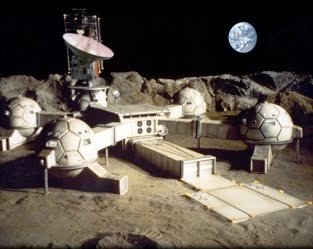
China’s vision goes far beyond planting a flag or setting up a temporary camp. The plan is to build a fully self-sustaining lunar habitat capable of supporting astronauts for long durations. This base will recycle water, grow its own food, and generate energy independently—essential for survival so far from home. The design involves advanced hydroponic farms, airtight living quarters, and innovative recycling systems. Think of it as a futuristic village, isolated by 384,400 kilometers of emptiness, yet buzzing with life and discovery. Every component—from the air you breathe to the power in your tablet—must work perfectly in harmony. China’s lunar engineers are betting that, with the right tech, living on the moon will be as routine as working on Antarctica.
Nuclear Power: The Beating Heart of the Base
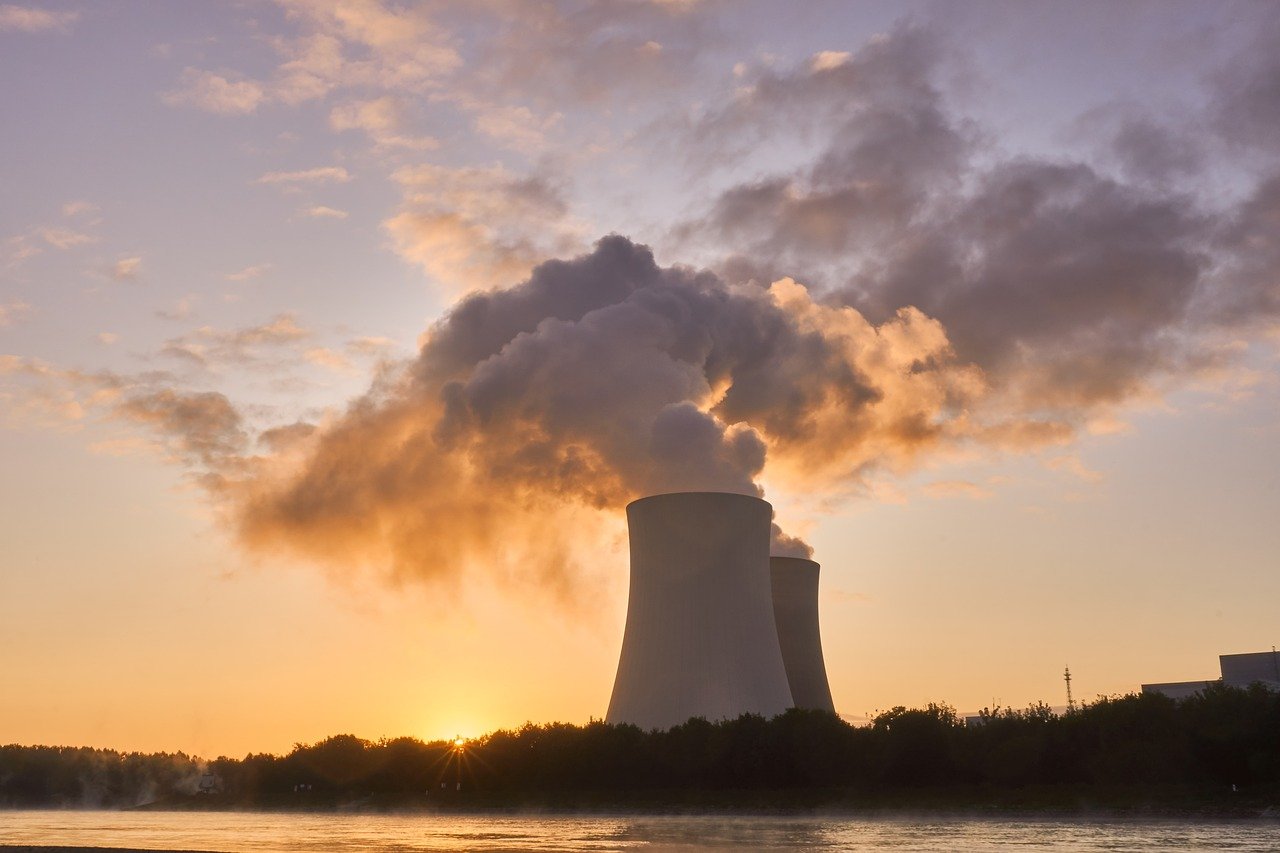
At the core of this lunar dream pulses a compact nuclear reactor, designed to keep the lights on when the sun disappears for two-week stretches. Unlike solar panels, which falter during the moon’s endless nights, nuclear energy provides unbroken, reliable power—critical for keeping astronauts alive and experiments running. This isn’t just a backup plan; it’s the main engine for everything from oxygen generation to 3D printing spare parts. China’s scientists are developing reactors small enough to launch aboard rockets but powerful enough to energize an entire outpost. By betting big on nuclear, China is sidestepping one of the moon’s biggest challenges—its harsh, unpredictable cycles of light and shadow.
Milestones on the Road to 2035

China’s journey to a lunar base is mapped out in clear, ambitious steps. In 2025, China aims to launch initial test missions, trialing key technologies and surveying potential landing sites. By 2030, a temporary research station should dot the moon’s surface, serving as a dress rehearsal for the main event. The final push is set for 2035: the completion of a nuclear-powered base ready for permanent human occupation. Each milestone is a checkpoint, proving that the technology works and the dream is within reach. The schedule is aggressive, but it’s also methodical, with each phase designed to minimize risks and maximize learning.
Global Invitations: China Opens the Lunar Doors
While China is leading the charge, it’s not closing the gates behind it. Officials have hinted at welcoming international partners—scientists, engineers, even rival nations—to join the lunar adventure. This base could become a melting pot of global expertise, where breakthroughs belong to humanity rather than any one country. Imagine experiments run by European physicists, robots designed by American startups, and water filtration systems perfected by Japanese engineers—all under the lunar “roof” China builds. Such collaboration could break down earthly barriers and foster a new era of peaceful cooperation in space.
Engineering the Impossible: Tech Innovations Take Center Stage
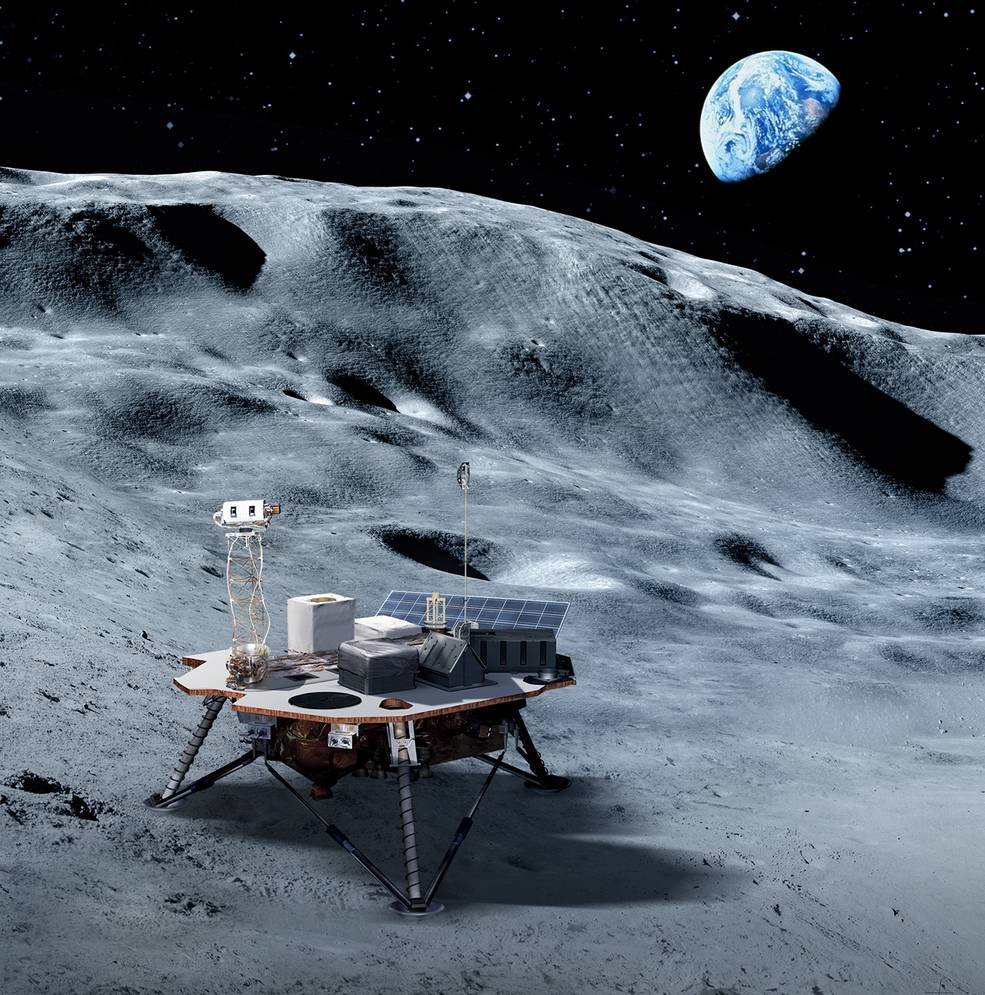
Turning the lunar base from fantasy to fact requires a suite of mind-bending innovations. China is pouring resources into next-gen robotics that can assemble habitats in vacuum and extreme cold. Autonomous vehicles will ferry supplies across cratered landscapes, while AI-driven systems monitor air quality and resource consumption. Life-support tech will mimic earthly ecosystems, recycling every drop of water and whiff of air. The compact nuclear reactors themselves are a marvel, engineered to be safe and nearly maintenance-free. Each of these breakthroughs could transform not just space travel, but life on Earth as well.
Economic Ripples: Lunar Industry Sparks New Gold Rush
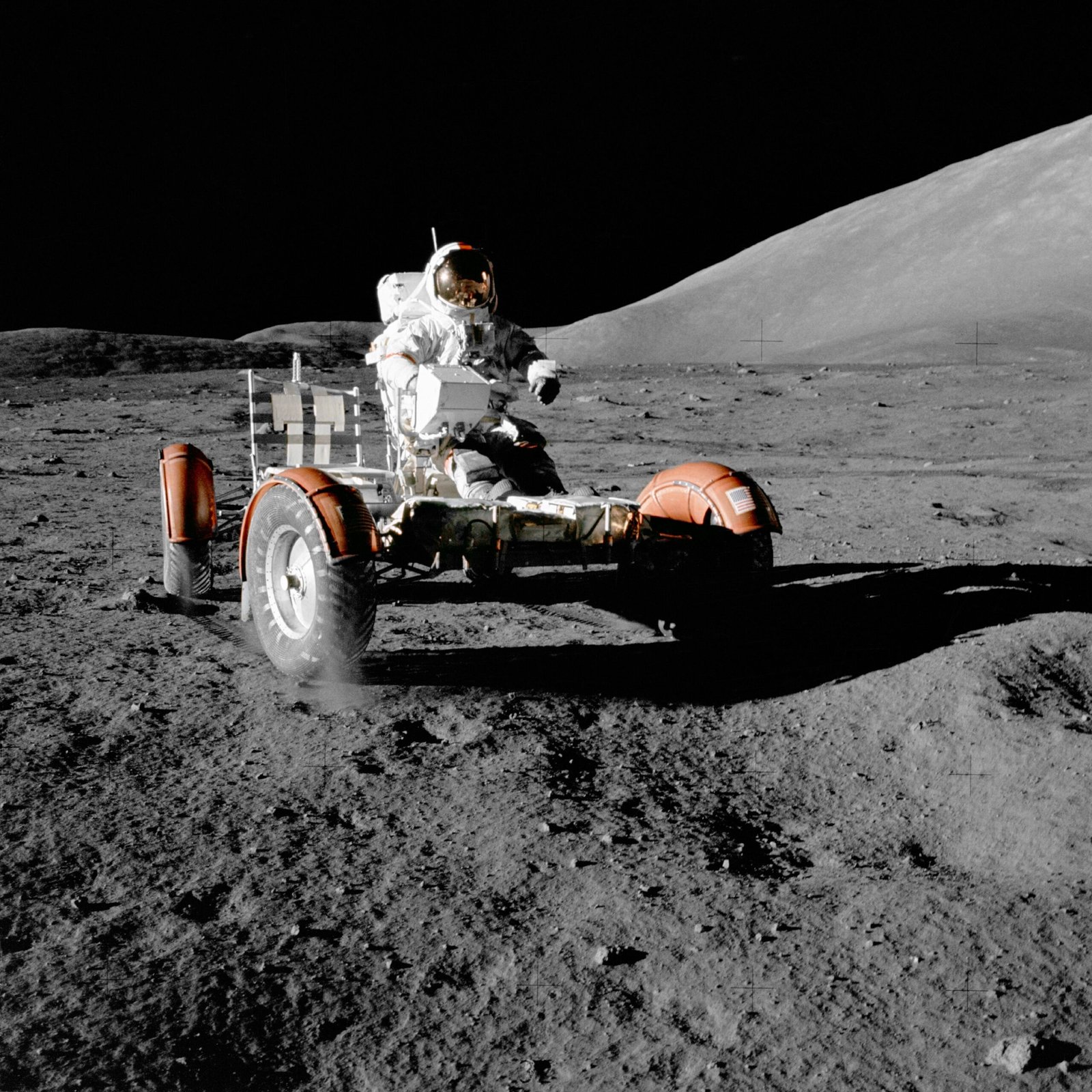
Building a lunar base isn’t just a scientific quest—it’s an economic gamble that could pay off in spades. The project is set to fuel growth in fields like aerospace, robotics, and advanced materials. Chinese universities and startups are already chasing new patents and inventions inspired by the lunar challenge. More tantalizing is the prospect of mining lunar resources—especially helium-3, a potential game-changer for clean fusion energy back on Earth. If successful, China could trigger a new space race, with companies and countries scrambling for a piece of the lunar pie.
Harsh Realities: Lunar Challenges Await Pioneers
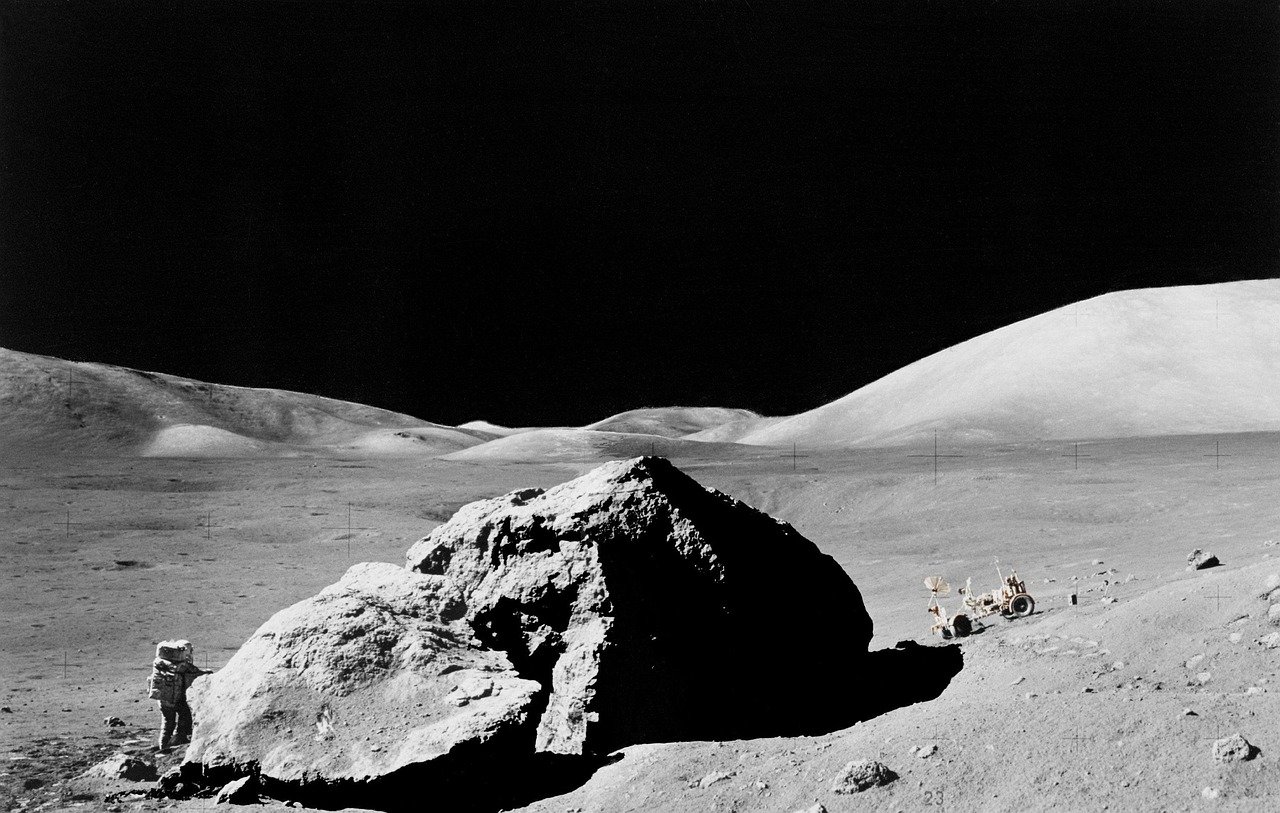
For all its promise, the moon is an unforgiving host. Temperatures swing from boiling hot to freezing cold. Micrometeoroids pelt the surface at blistering speeds. Cosmic radiation is a daily threat. China’s engineers must solve problems that would make even seasoned astronauts sweat: how to shield habitats, repair nuclear reactors from afar, and keep humans healthy in low gravity. Transporting tons of equipment and building materials remains a herculean task, with every kilogram adding millions to the bill. The road to lunar living is lined with technical and logistical minefields.
Lunar Base as Launchpad: The Next Giant Leap
China’s ambitions don’t stop at the moon. The lunar base is seen as a springboard for even more audacious missions—to Mars, asteroids, and beyond. With a permanent outpost, China could assemble and launch deep-space missions from the moon’s weak gravity, saving fuel and opening new routes into the solar system. The base could host telescopes, manufacture spacecraft components, or serve as an emergency refuge for future explorers. By planting roots on the moon, China is setting the stage for humanity’s next leap into the cosmic unknown.
Public Buzz: National Pride Meets Global Curiosity
News of China’s lunar plans has ignited imaginations at home and abroad. Social media is ablaze with debates, memes, and wild speculation about what life on a Chinese moon base might look like. For millions of young people in China, the project is a source of pride and inspiration—a signal that their country is not just catching up, but leading. Around the world, tech enthusiasts and scientists are watching closely, eager to see what surprises China may unleash. The lunar base has already become a symbol, not just of space ambition, but of the human spirit’s boundless hunger for discovery.
No Turning Back: The Race Is Officially On
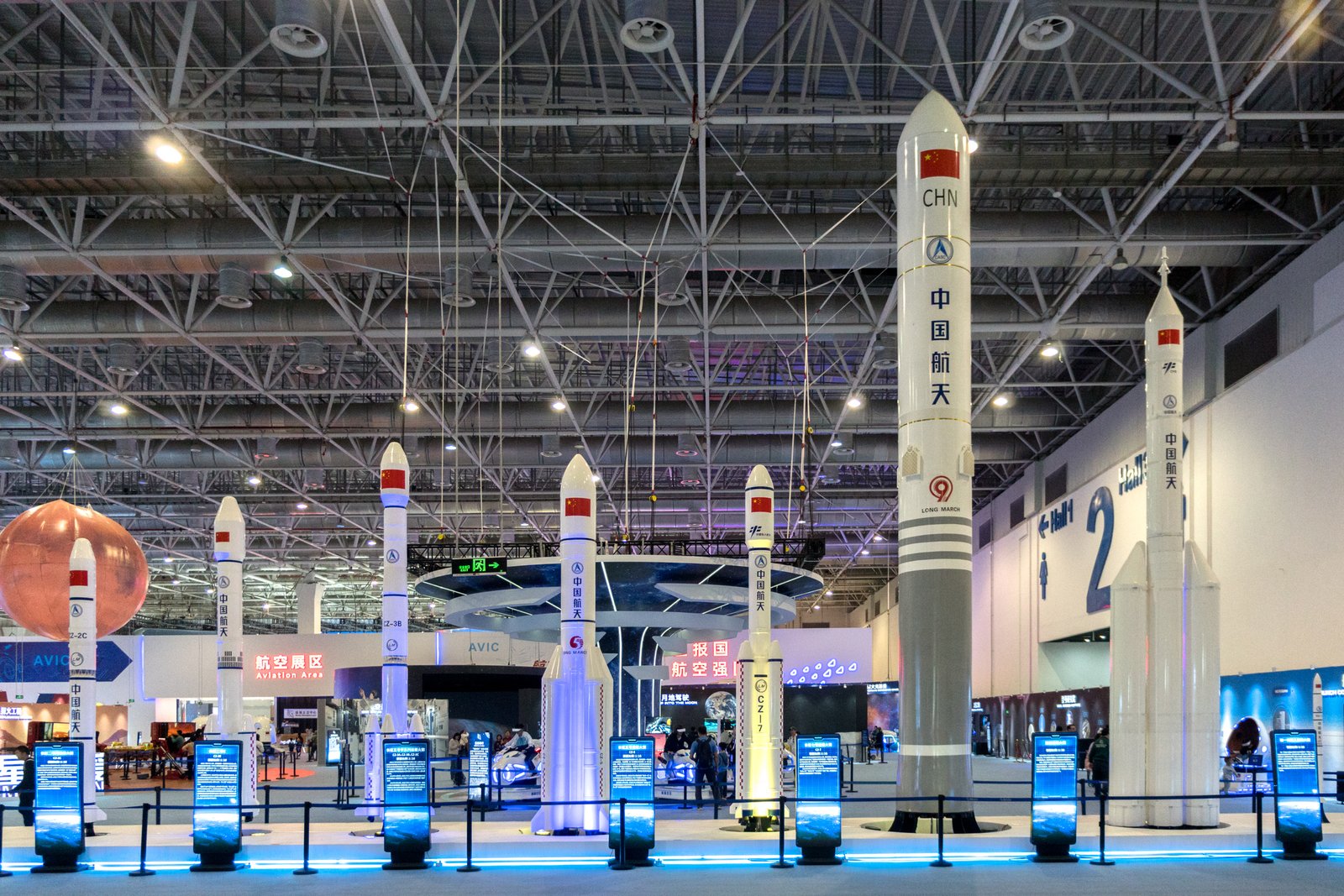
With each milestone, China is making it clear: the future of lunar exploration is up for grabs, and the finish line is closer than anyone imagined. The world is witnessing a new era of space rivalry, cooperation, and innovation, all centered on a dusty world once thought unreachable. The question isn’t just whether China will succeed, but how this bold pursuit will reshape our collective destiny. Will the next “one small step” echo in Mandarin?

